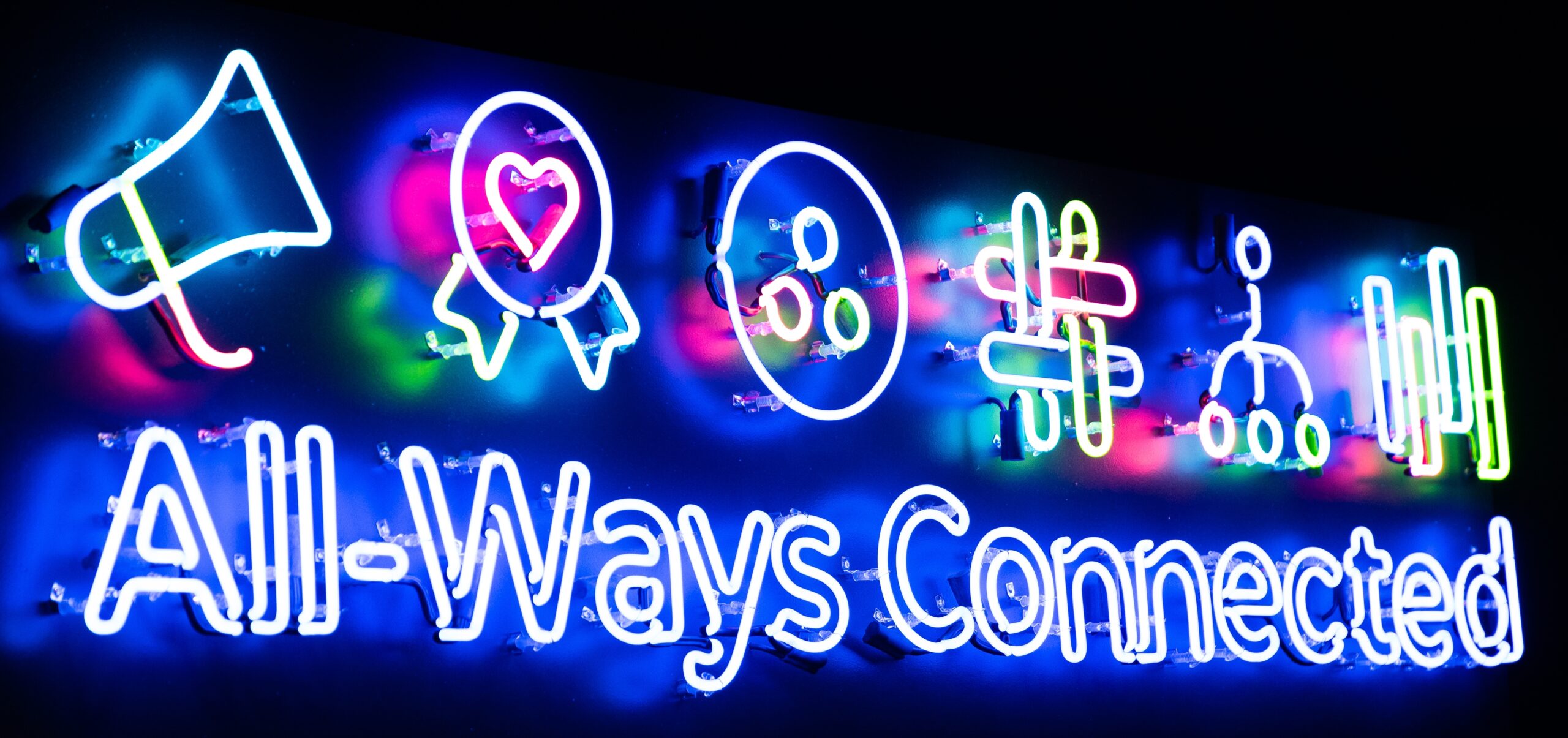Artificial intelligence programs that consolidate data could change perceptions of automated assistance.
If you have ever immediately hung up on an automated call, closed out of an automated chat box, or pressed ‘0’ on your phone until you got through to a human representative, you are not alone.
A 2015 study from Boston University found customers despise interacting with automated responses, and often take out their frustrations on the human they do eventually reach. But that could be changing. Increased amounts of consumer data and artificial intelligence software that consolidates it make these systems more effective.
Like many trends in tech, the onset of COVID-19 has made high-quality AI a more valuable commodity – not because AI suddenly improved but because of the increase in data that users generate by spending more time online. More data points make predictive software like artificial intelligence increasingly accurate.
In a world where consumer data is spread over a wide array of online locations, streaming accounts, social media accounts, search history and so on, AI solutions could lead to the next generation of customer service in which routine product issues can be identified and resolved without human assistance. By programming AI to analyze consumer data across multiple platforms, brands can consolidate customer service into a single automated point of contact, allowing for fast and effective responses.
Not long ago, AI was hailed as the next game-changer in retail. Ideas like predictive pricing, automated cashiering and in-store voice assistance were considered by many retail companies as the next horizon for commercial AI. And their investments reflected that optimism.
RELATED STORY: Innovation Without Borders
Then the pandemic hit, and in-store assistance became less of a priority.
Since the start of the pandemic, consumers across every demographic are spending more time online. Web use is up by 35%, according to Andrew Dugan, chief technical officer of networking company CenturyLink. Artificial intelligence software is well-suited to data-rich environments like online platforms.
In a world in which consumer activity can be monitored and mined for data routinely, AI systems have more touchpoints to analyze user behavior.
Topbox, a Beaverton developer of artificial intelligence software, uses AI to pull consumer data from phone calls, online chats, surveys, product reviews, voice calls and social media postings. These data points are analyzed to deliver customer service to brands.
For example, imagine there was a toy company experiencing an assembly problem for one of its products. Parents take to various platforms to express dissatisfaction, either with a bad review on Amazon, a post on Instagram or a call to a customer help line. Predictive AI that analyzes multiple points of contact with consumers could quickly identify the problem.
Given the large number of platforms out there, the task of analyzing all of them becomes more and more daunting for human researchers. Artificial intelligence can outperform humans when searching across multiple platforms.

Topbox co-founder and general manager Chris Tranquill. Credit: Topbox at Khoros
AI can also analyze company records to locate a solution. Once found, the system could broadcast the solution across multiple platforms in minutes – hypothetically not requiring a human involved in the process at all.
Brands seem to be taking notice. With the increased time users have spent online over the past year, AI’s ability to compile data across multiple online platforms has gained value. Earlier this month, Topbox was purchased by Khoros, a marketing and customer service platform with a focus on harnessing AI to improve customer experience.
“Today, customer experience has overtaken price and product as the most powerful way to create lifelong customer relationships,” says Jack Blaha, CEO of Khoros. “Great customer engagement is critical, but it can be difficult when there are millions of customer interactions happening daily across various channels.”
The ability to analyze data from unconnected sources is what Tobox co-founder Chris Tranquill describes as the “secret sauce” in its artificial intelligence software.
“Every channel is important, so how can you gather all these customers’ interactions to better understand their feedback and improve your business?” says Tranquill. “Our platform can contextualize customer conversations across channels based on their products, business processes, and trending topics to better listen to and understand customers.”
RELATED STORY: A Robot at the Bench
AI can also alleviate pressure on customer service workers by generating more sophisticated automatic replies, ones which address a consumers’ specific challenge without having to consult a representative. This would allow customer service reps to address more frustrating and convoluted problems that require human empathy – something artificial intelligence systems have not, and may never, recreate.
Additionally, as more effective customer service evolves as a result of AI, consumers may become more accustomed to chatting with AI messaging systems. Instead of adding frustration, artificial intelligence could make automated customer service the first best option for consumers.
To subscribe to Oregon Business, click here.







